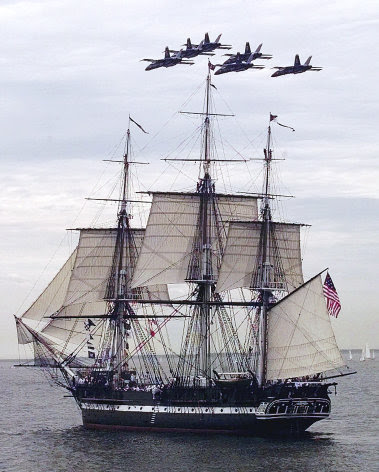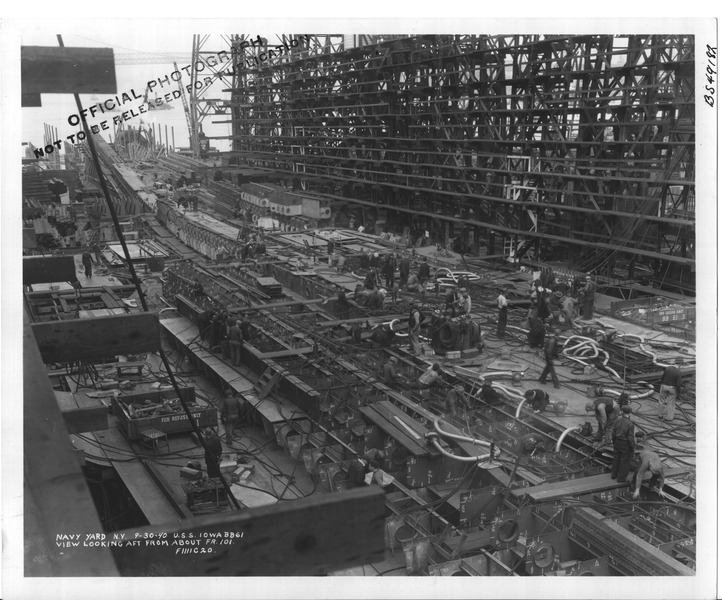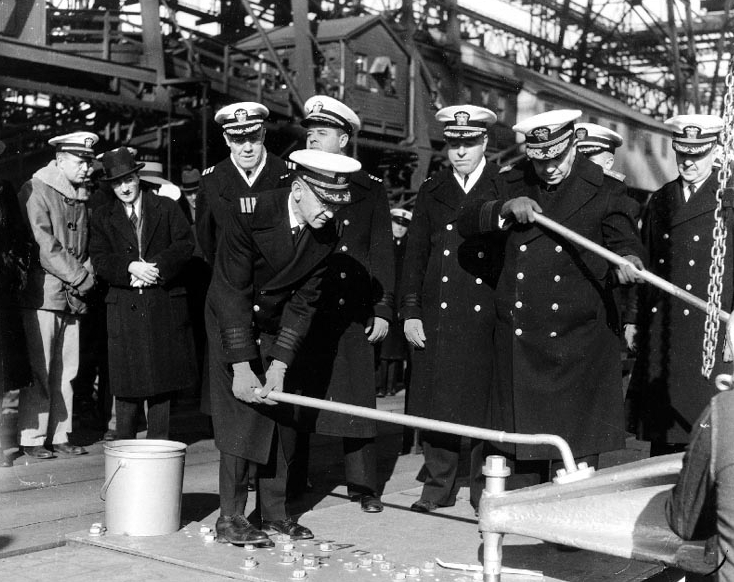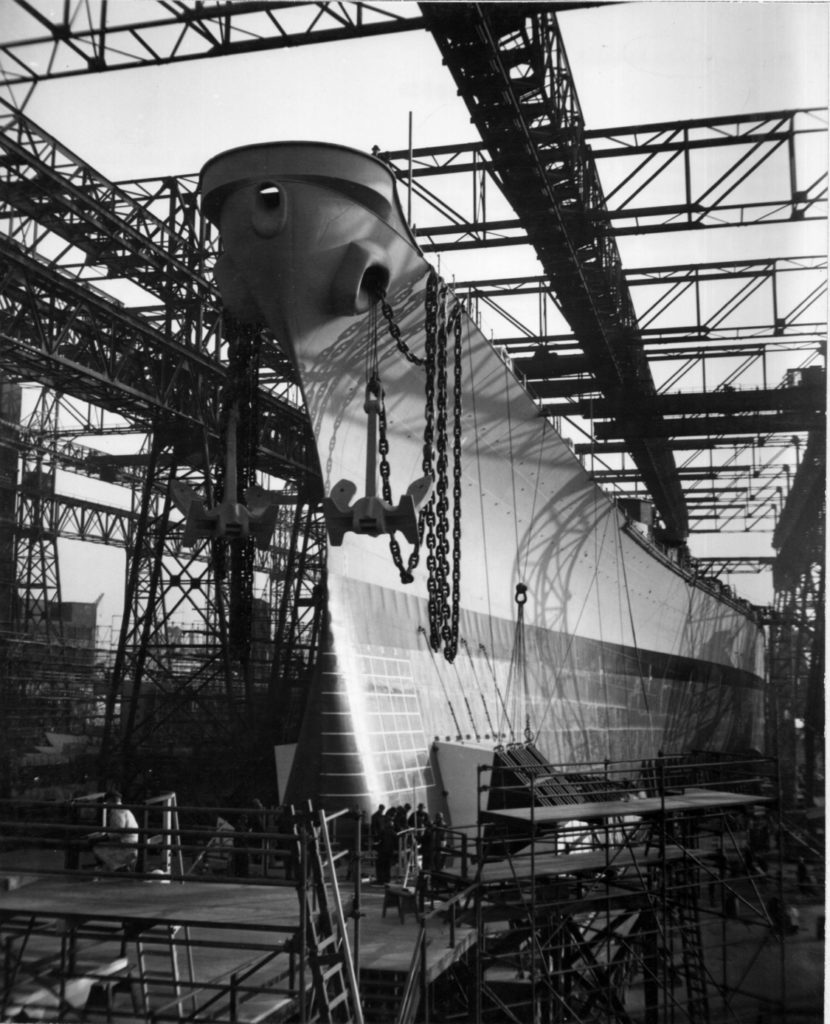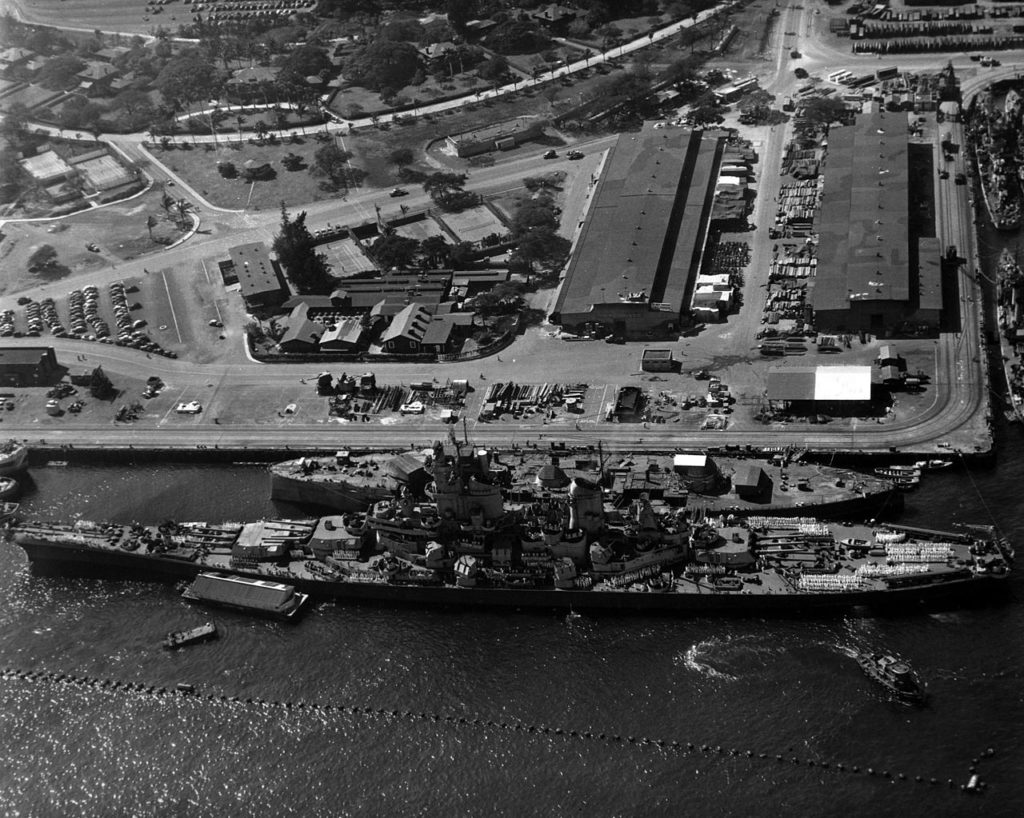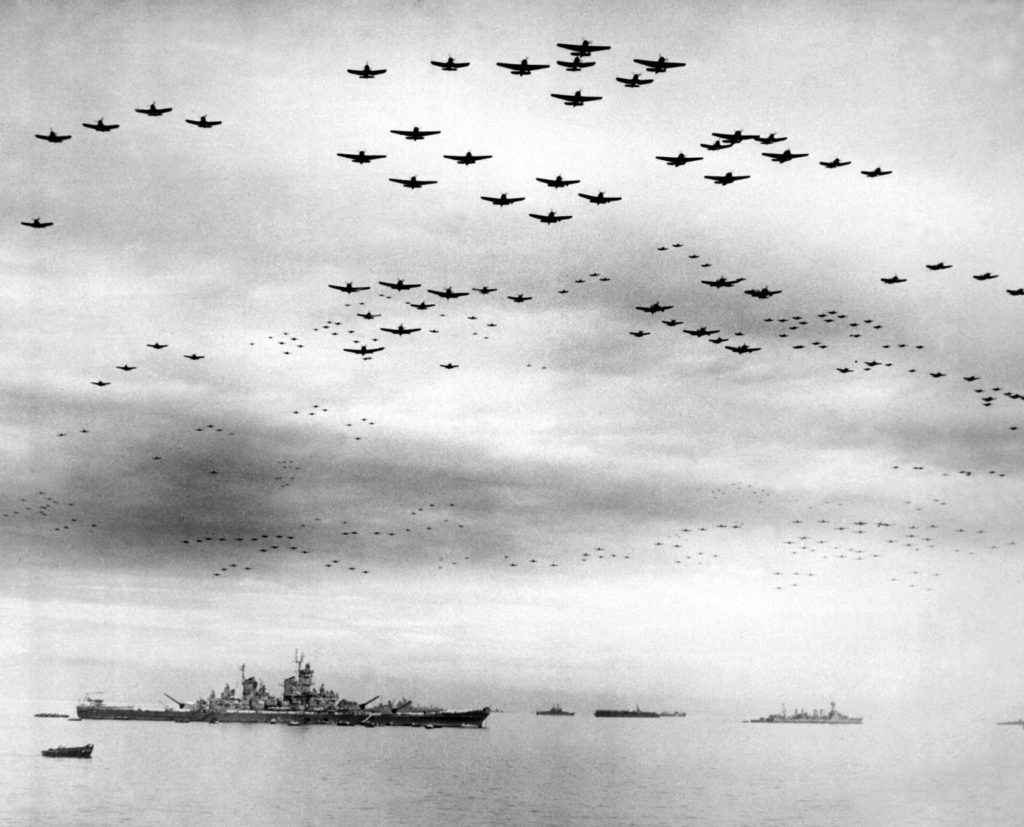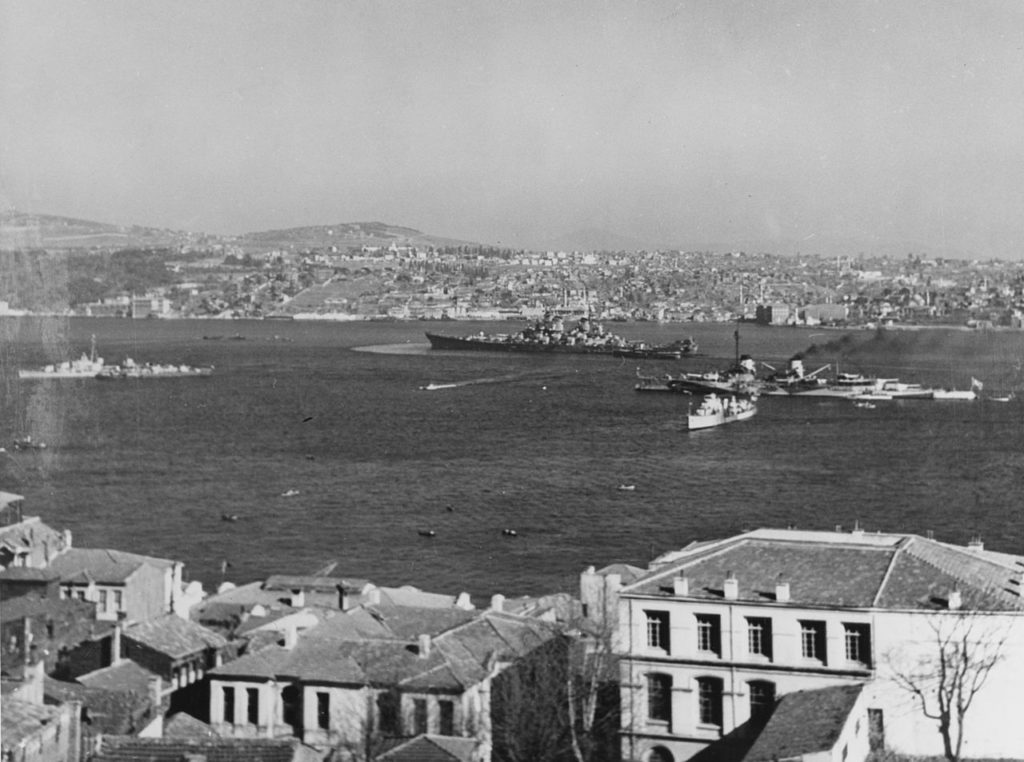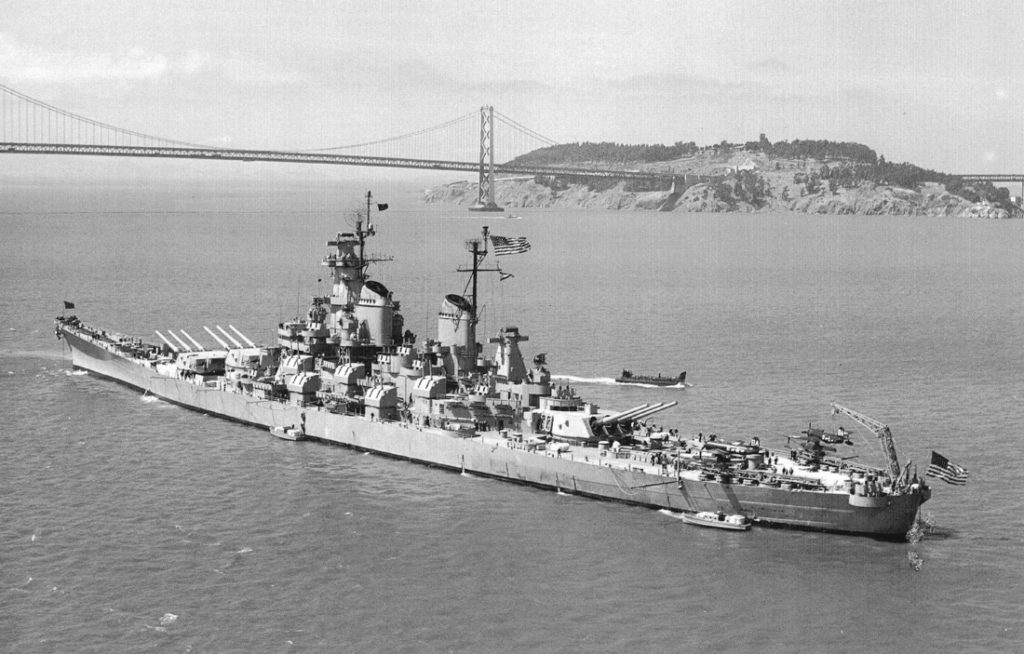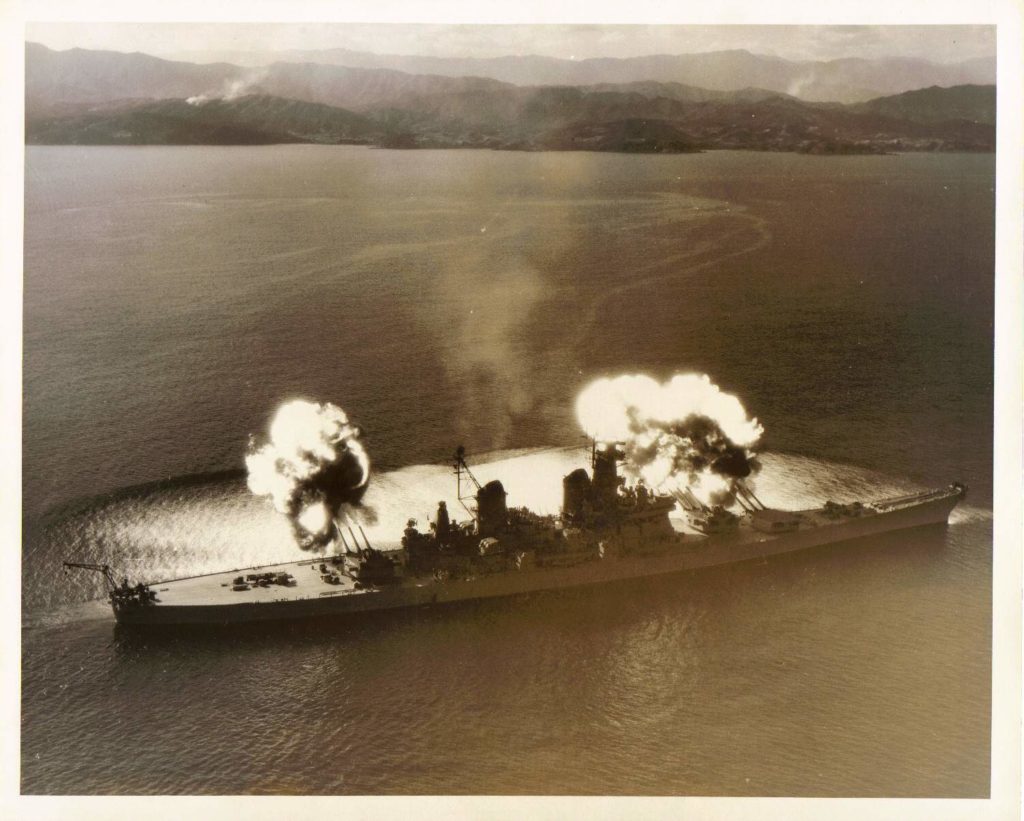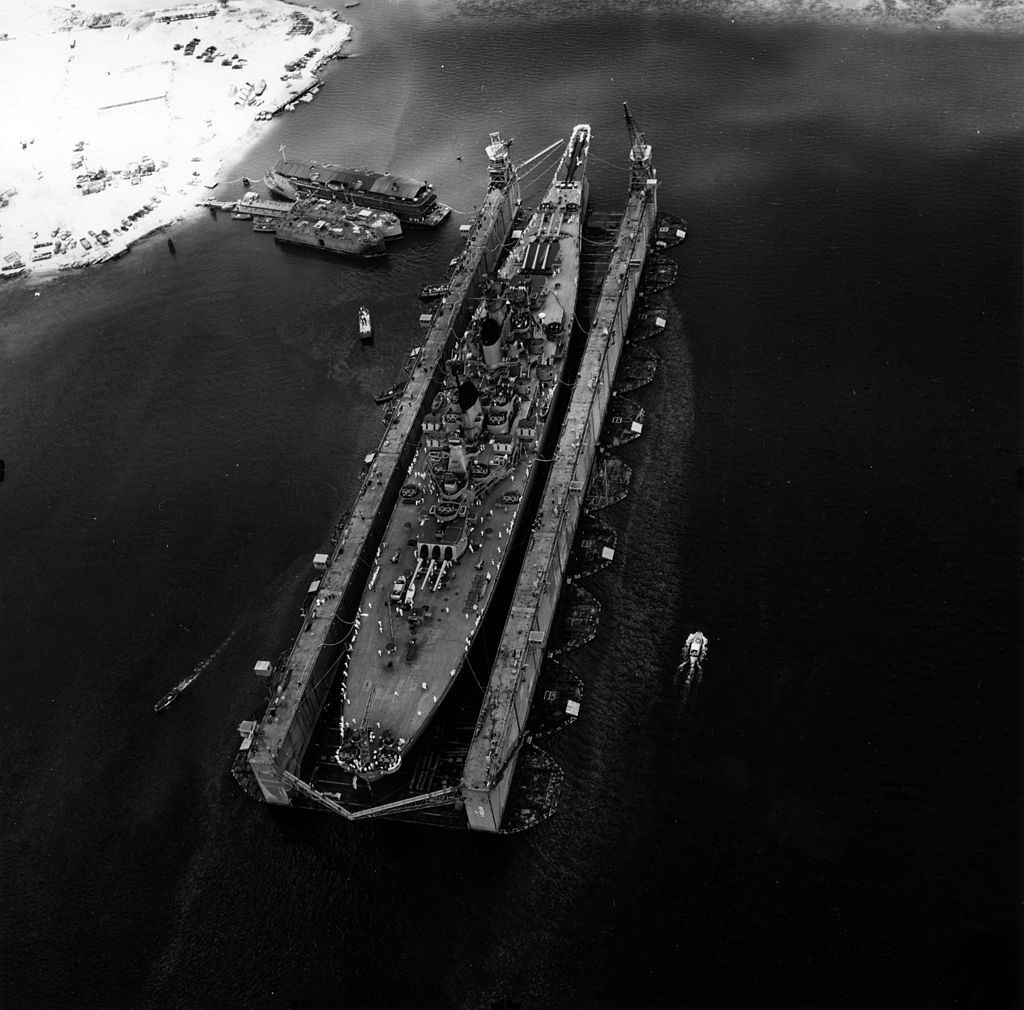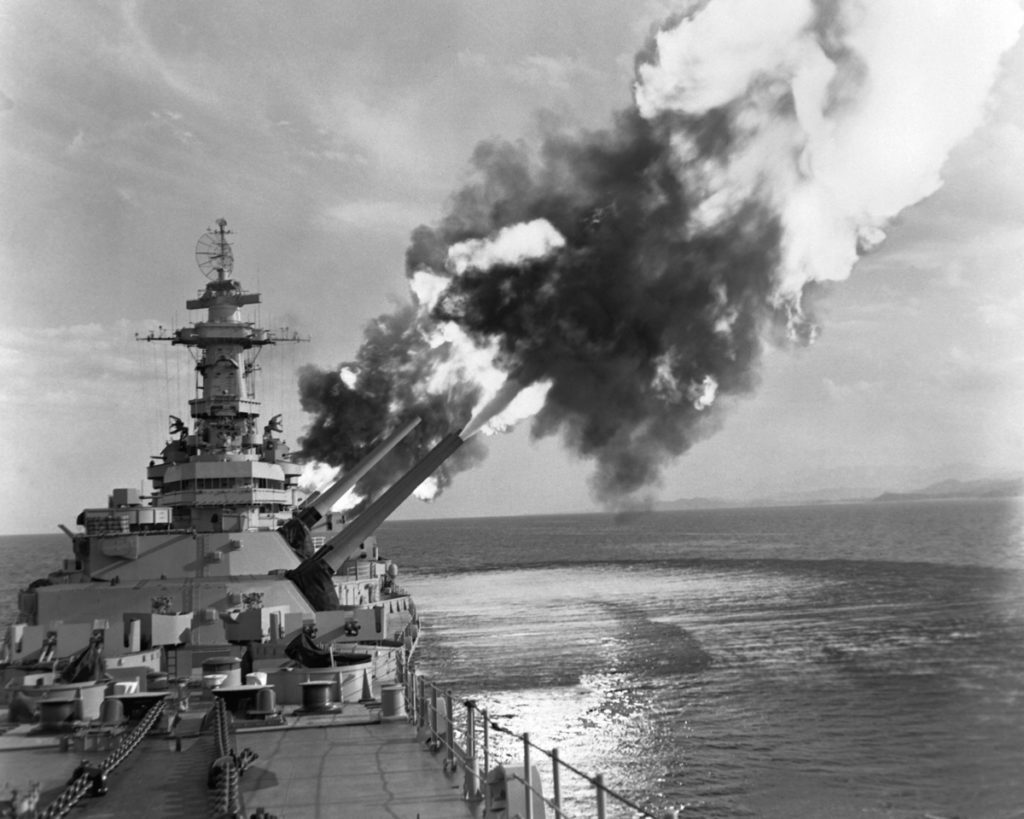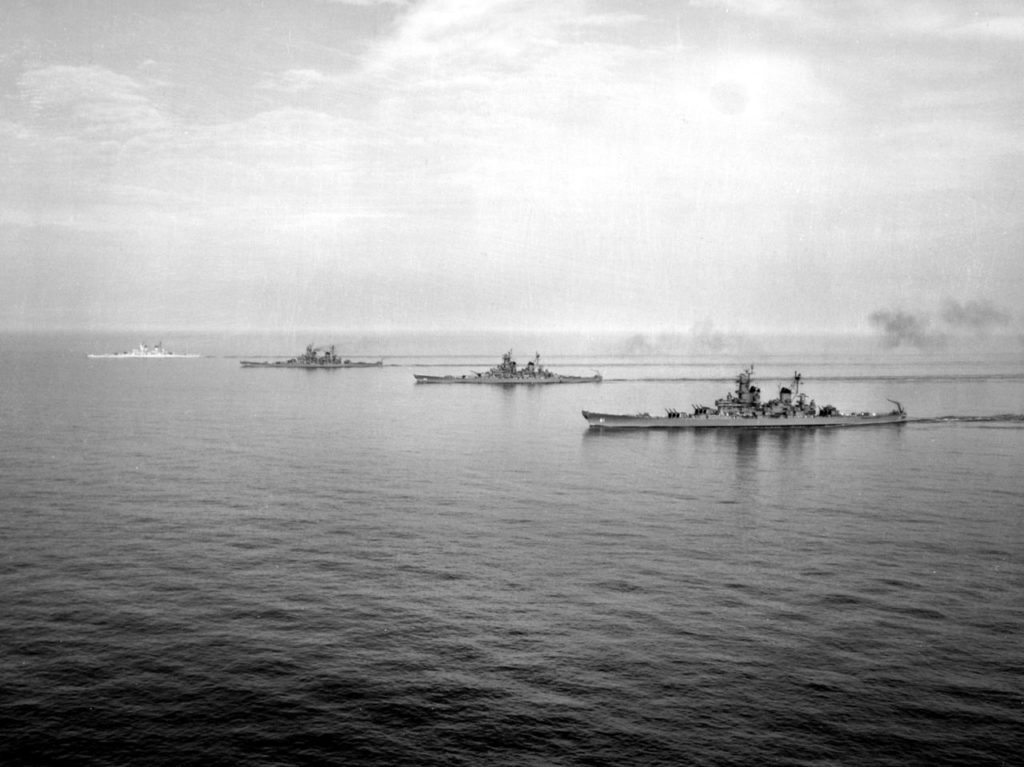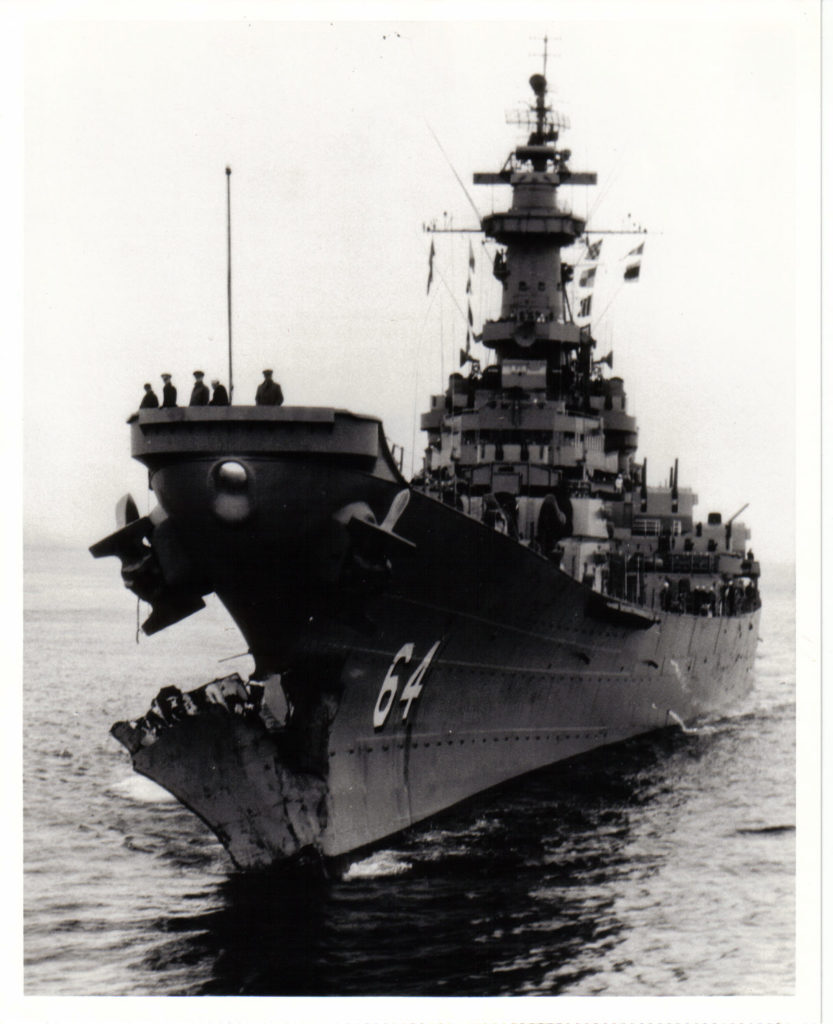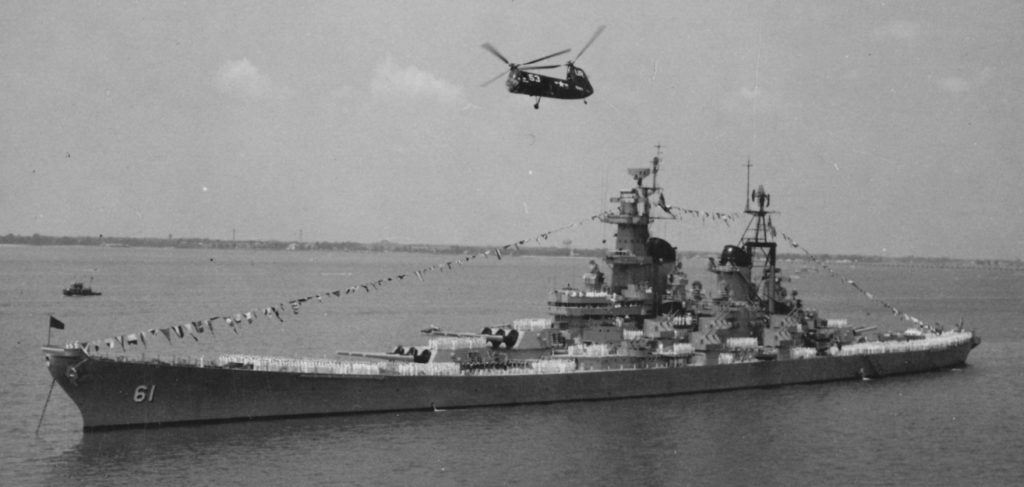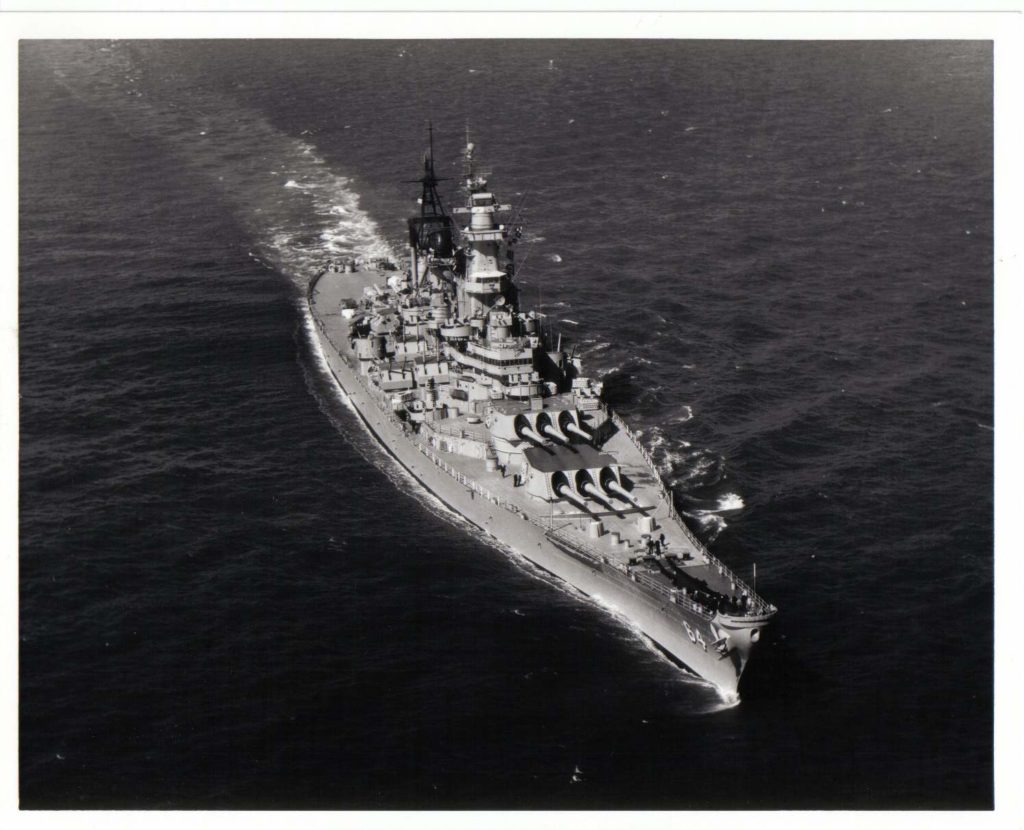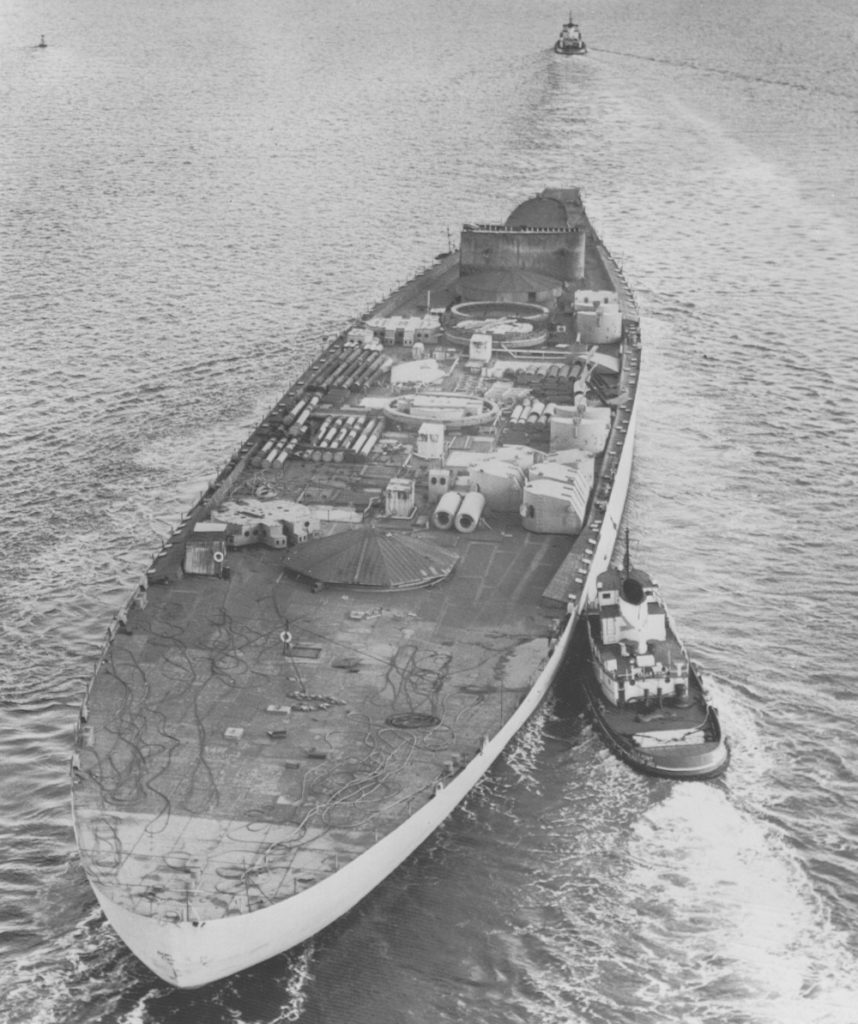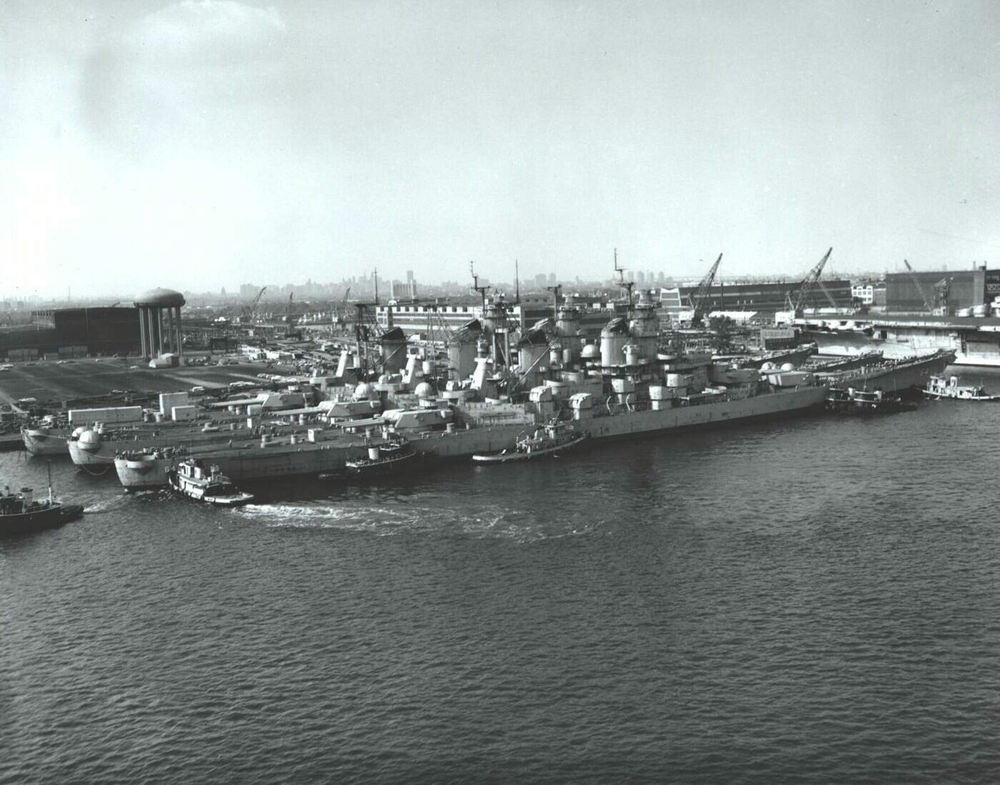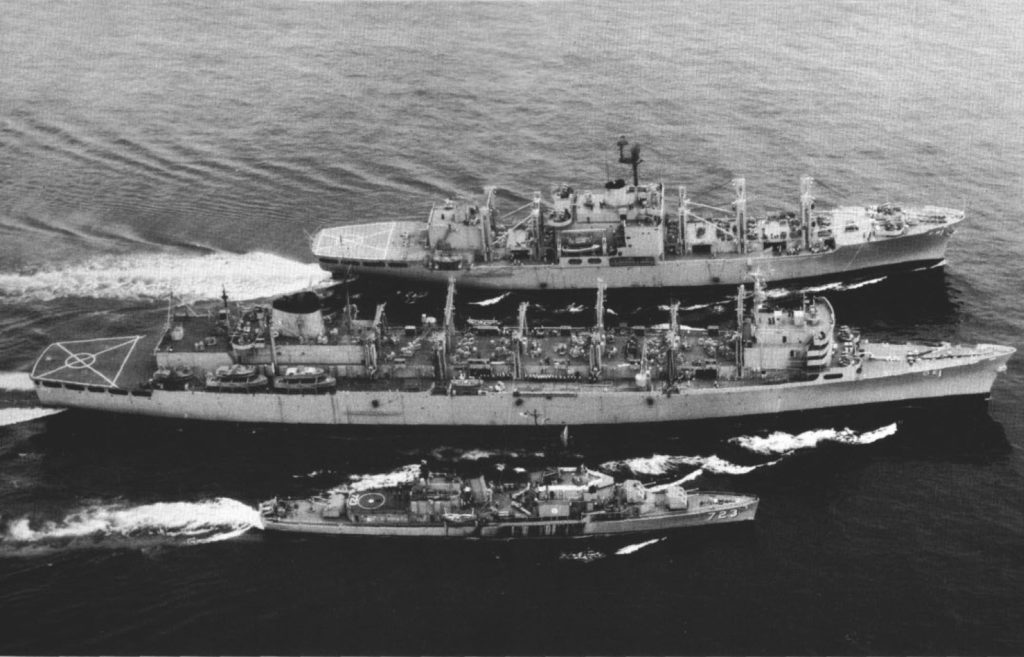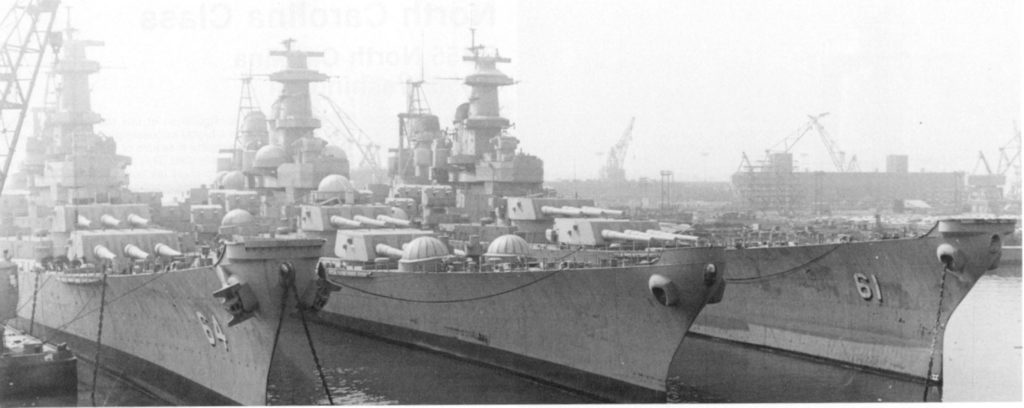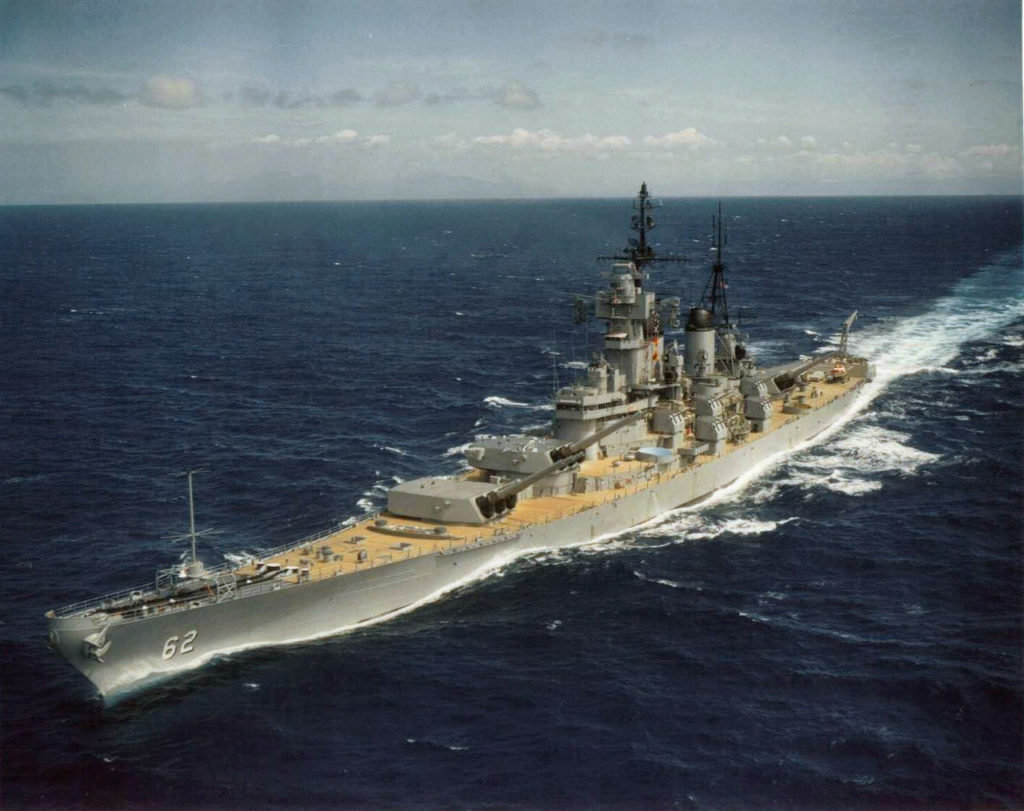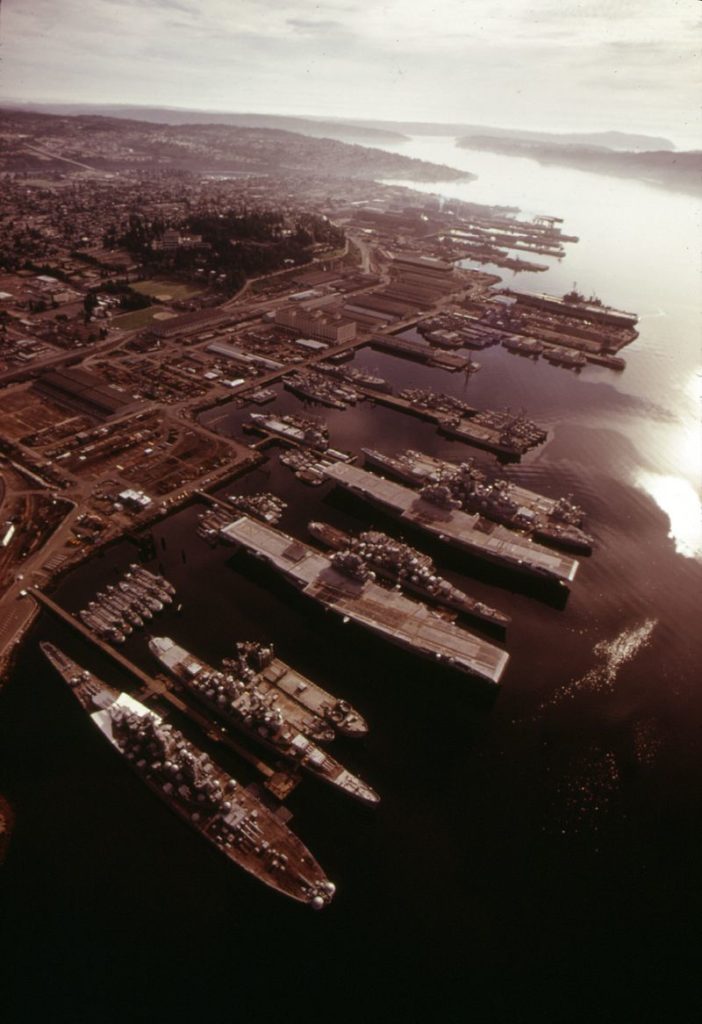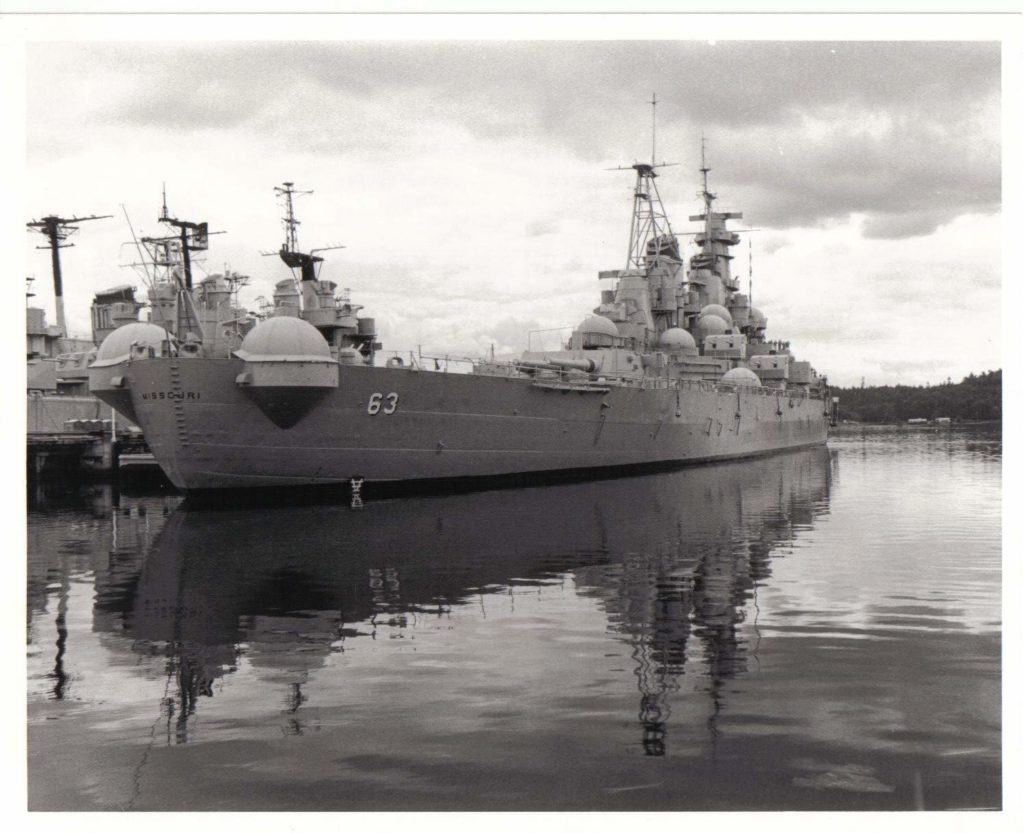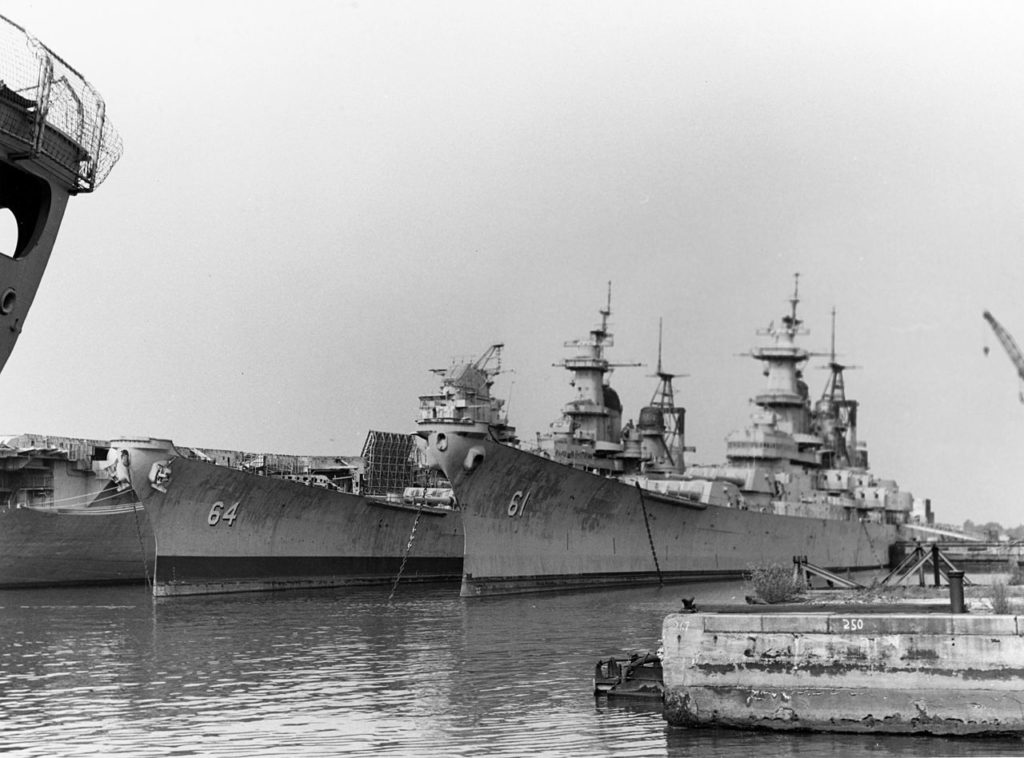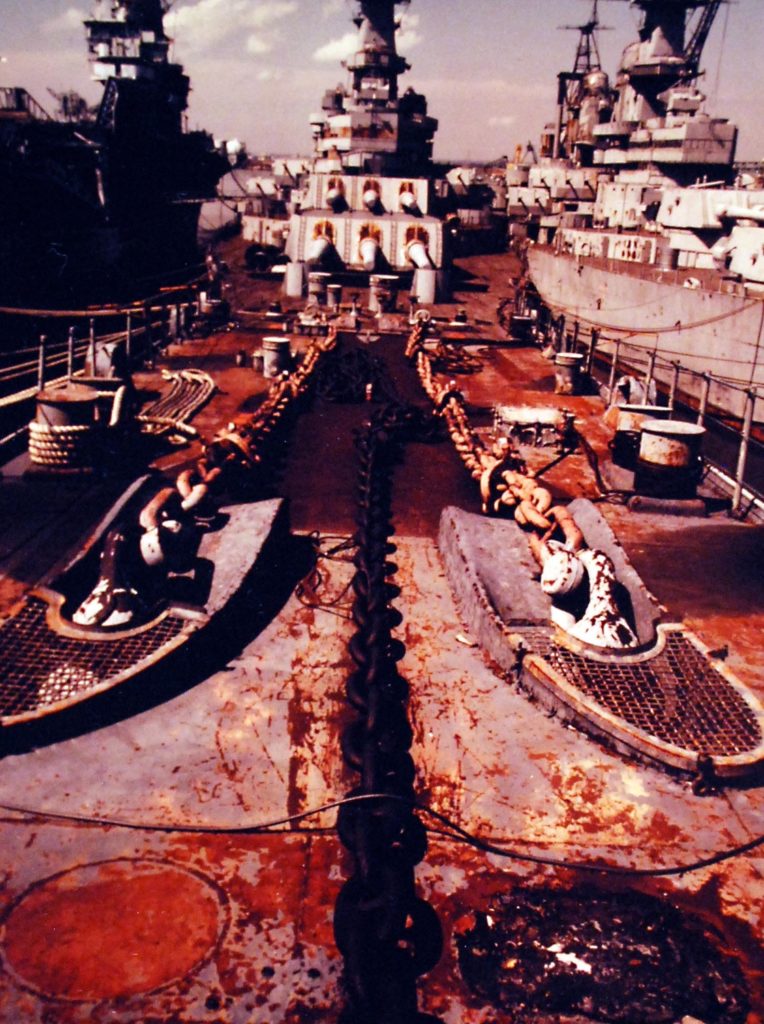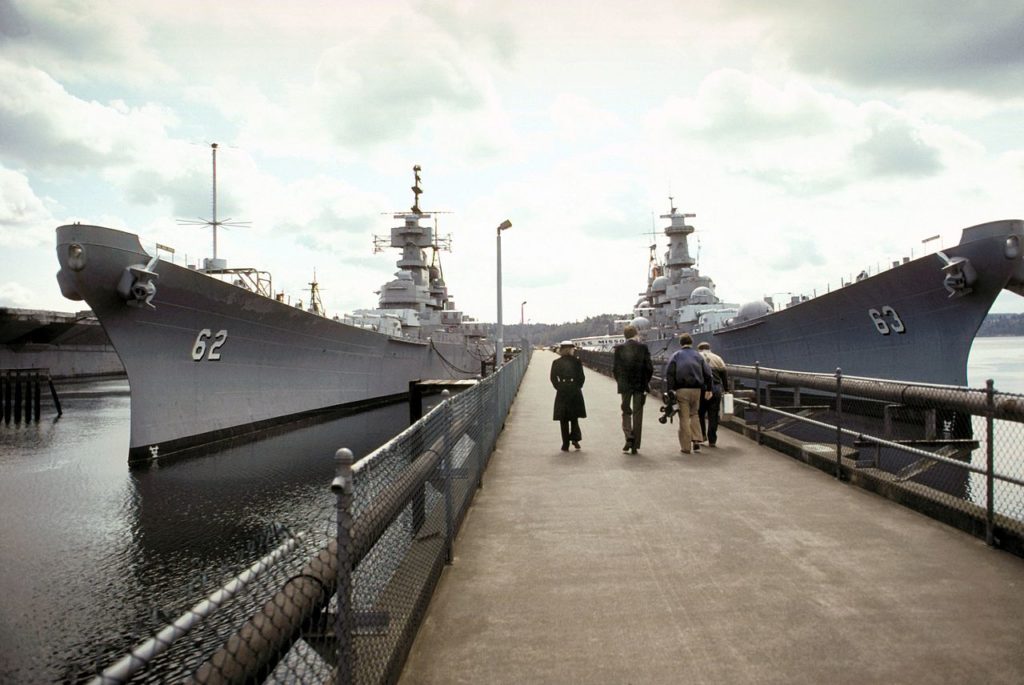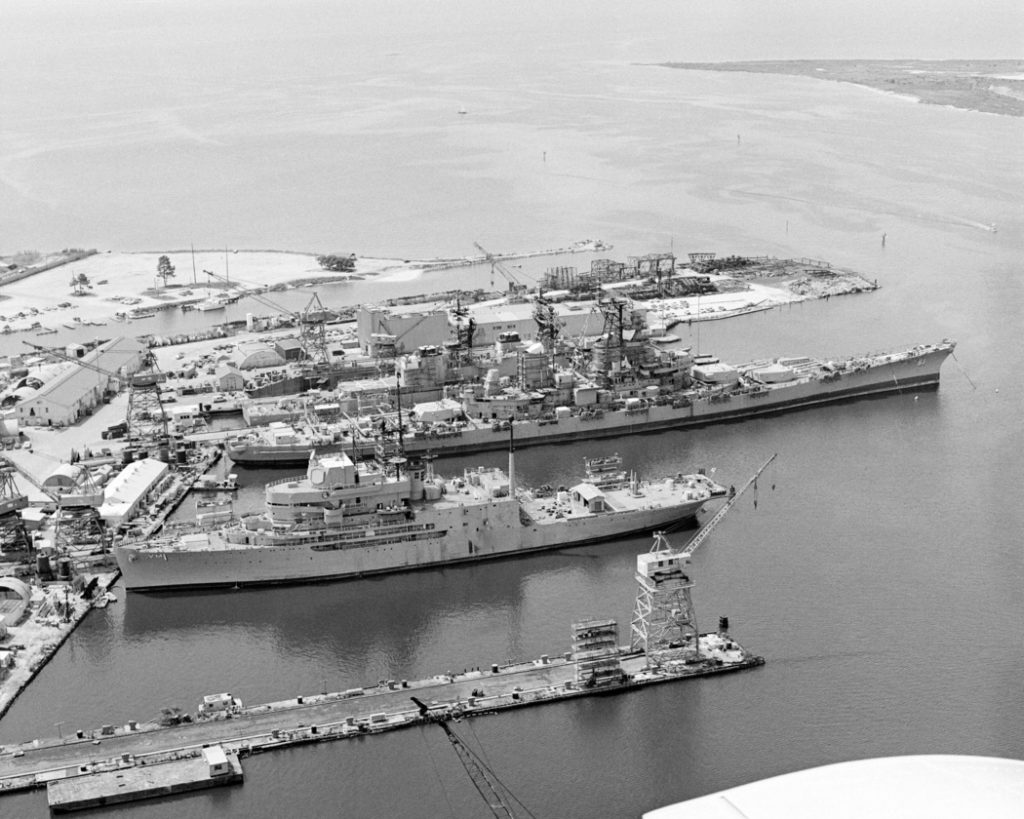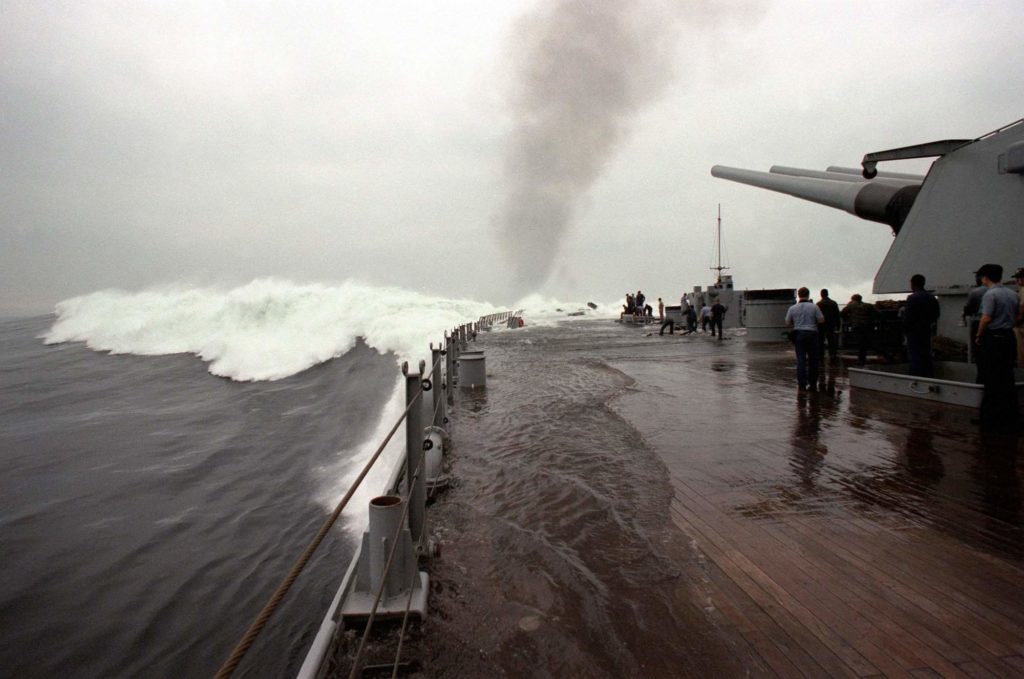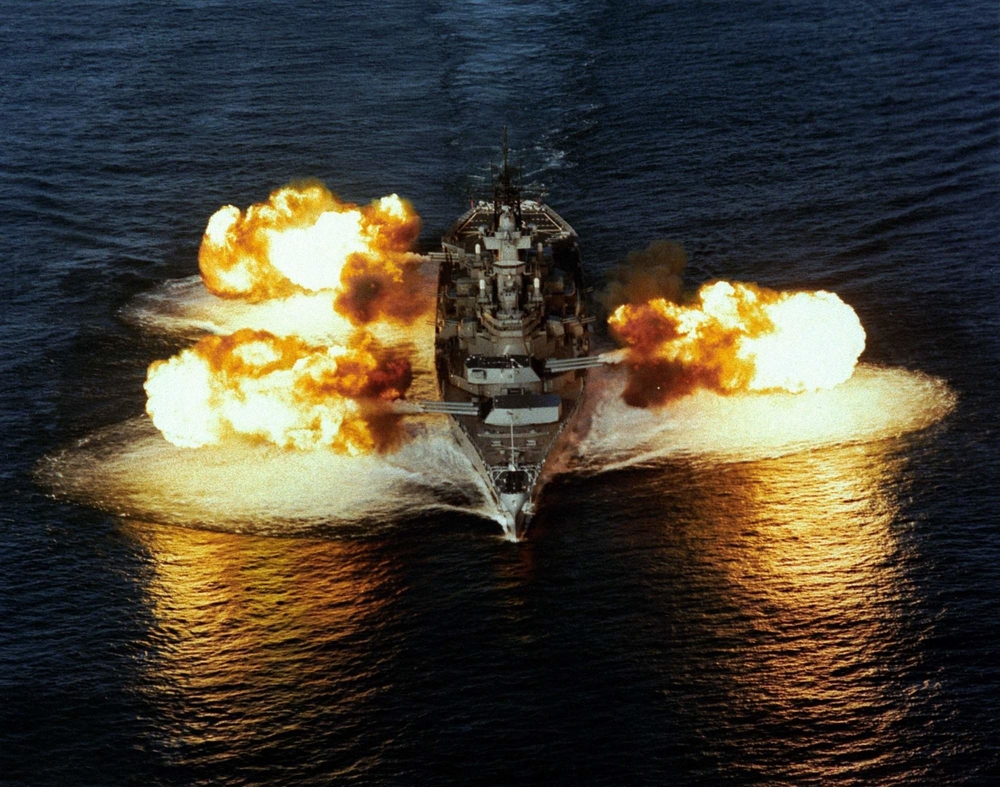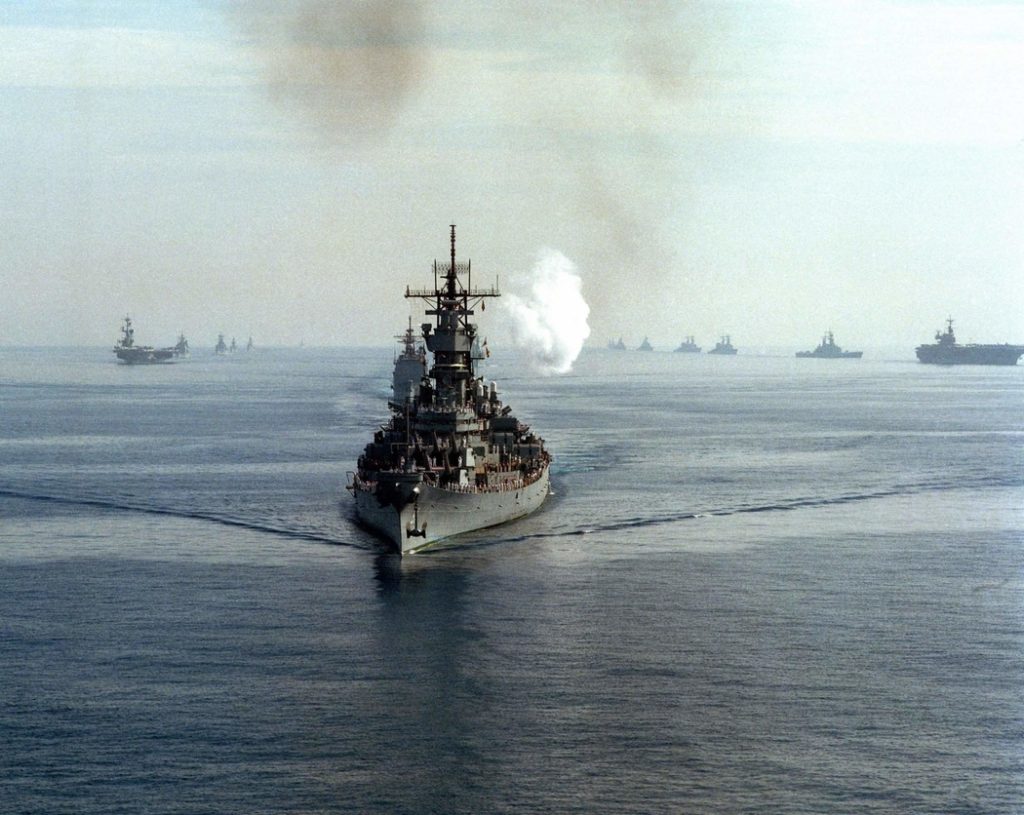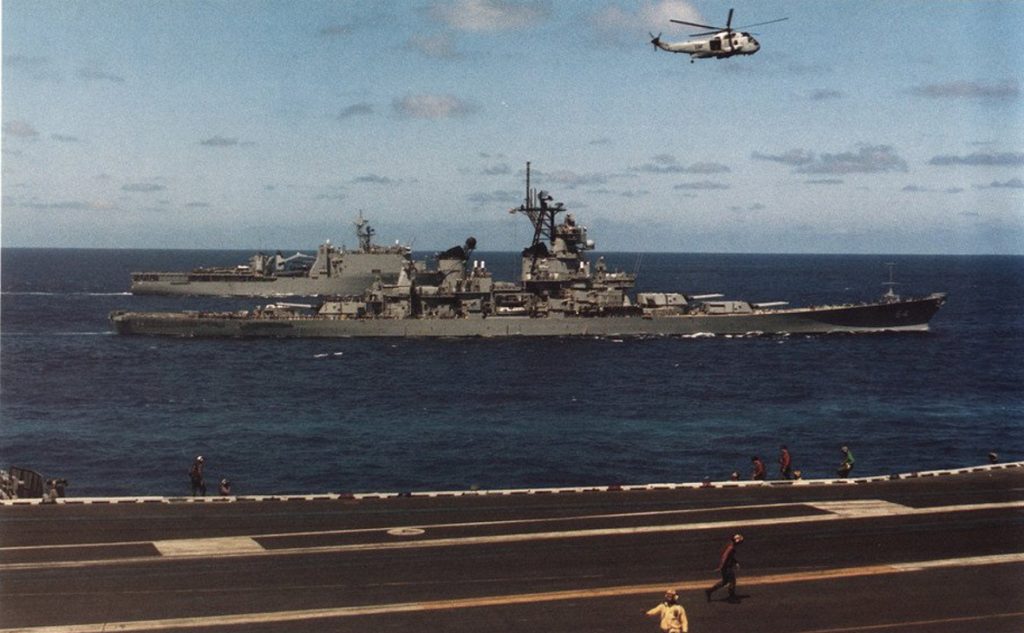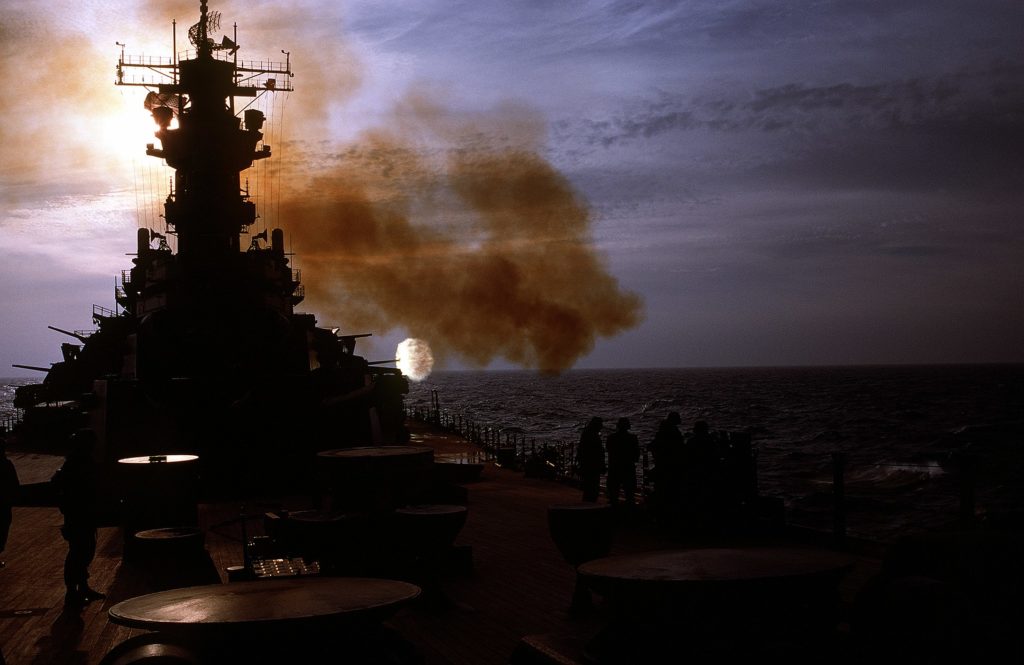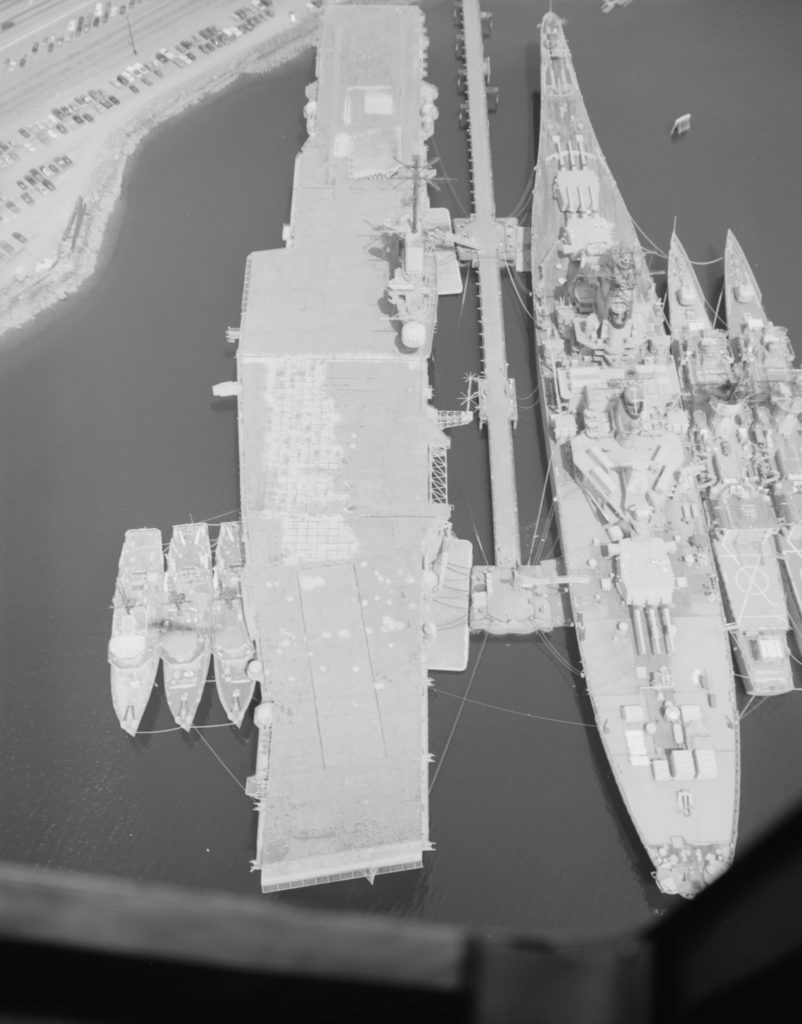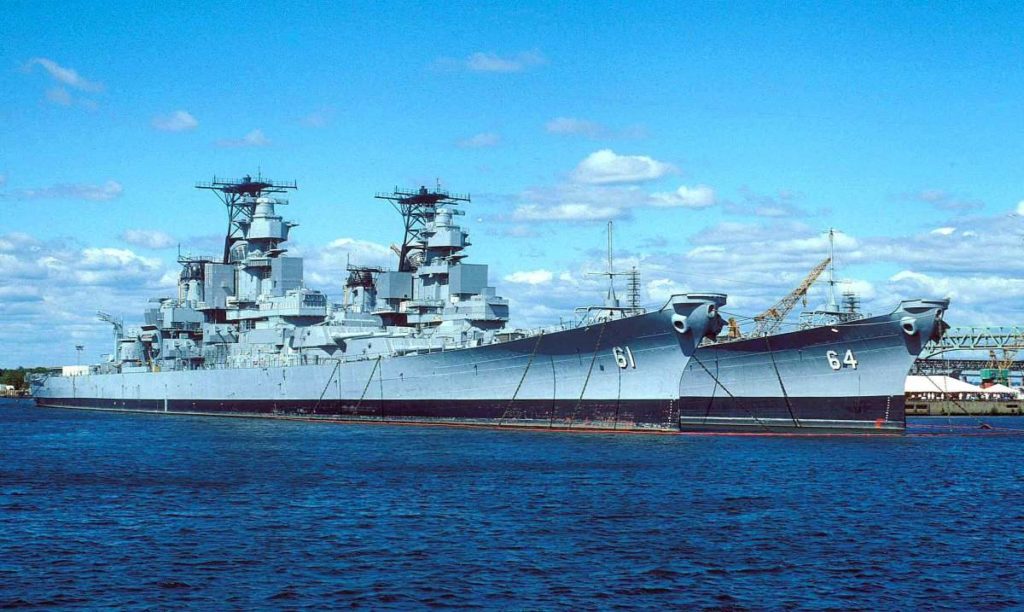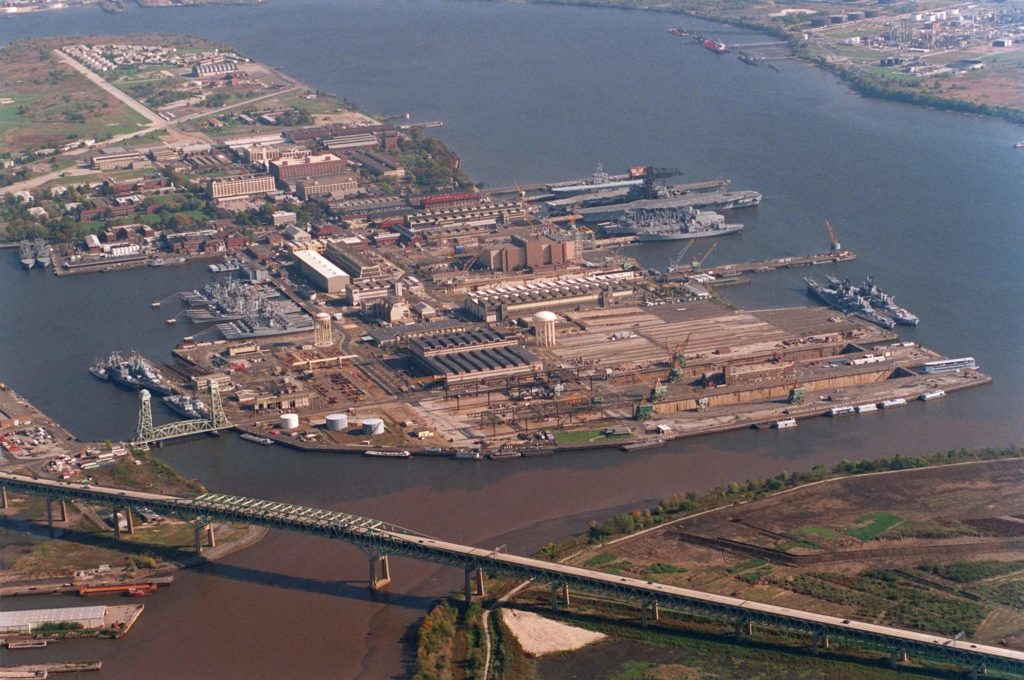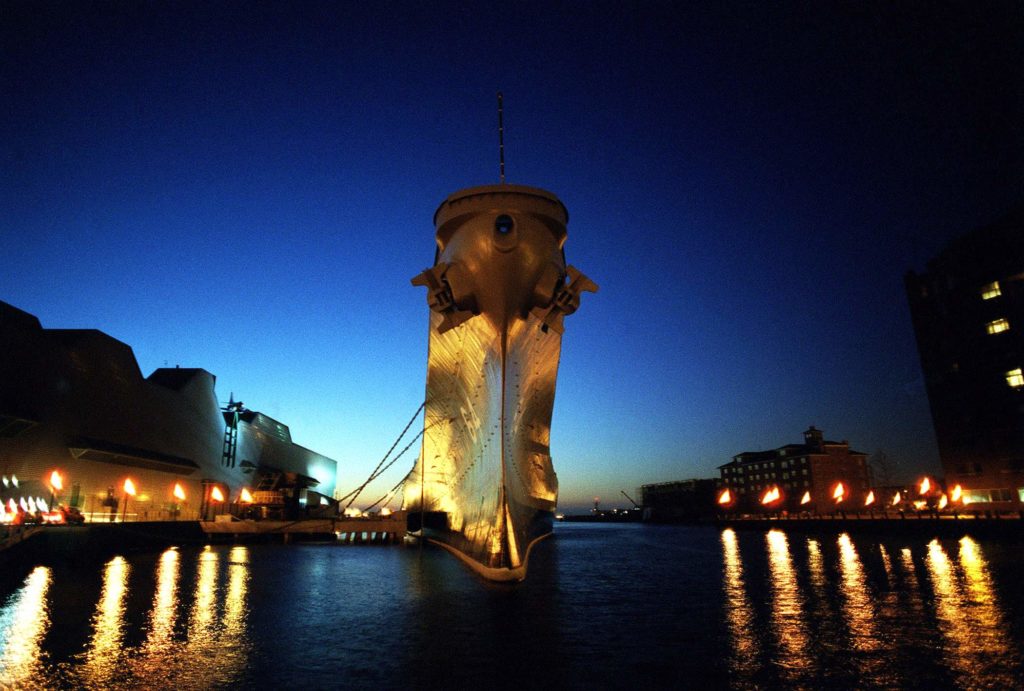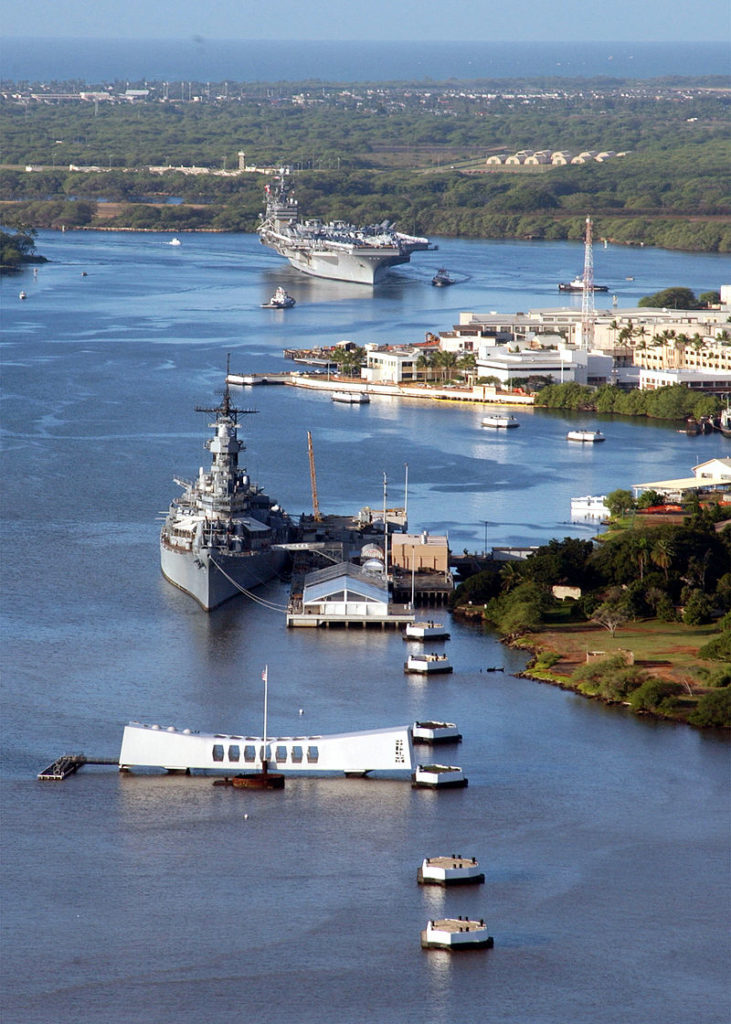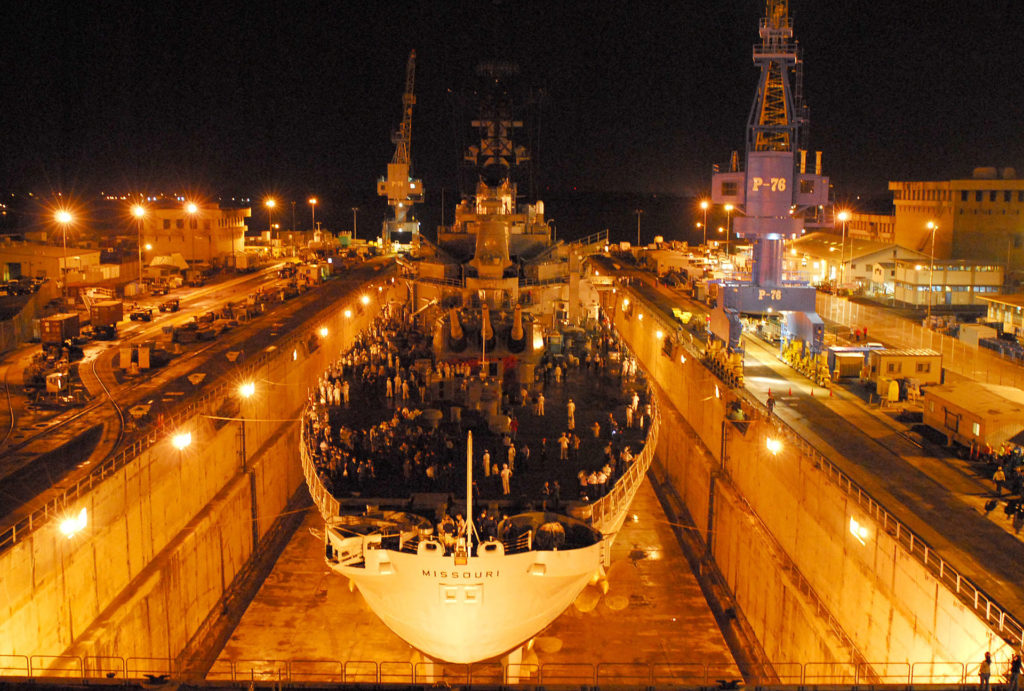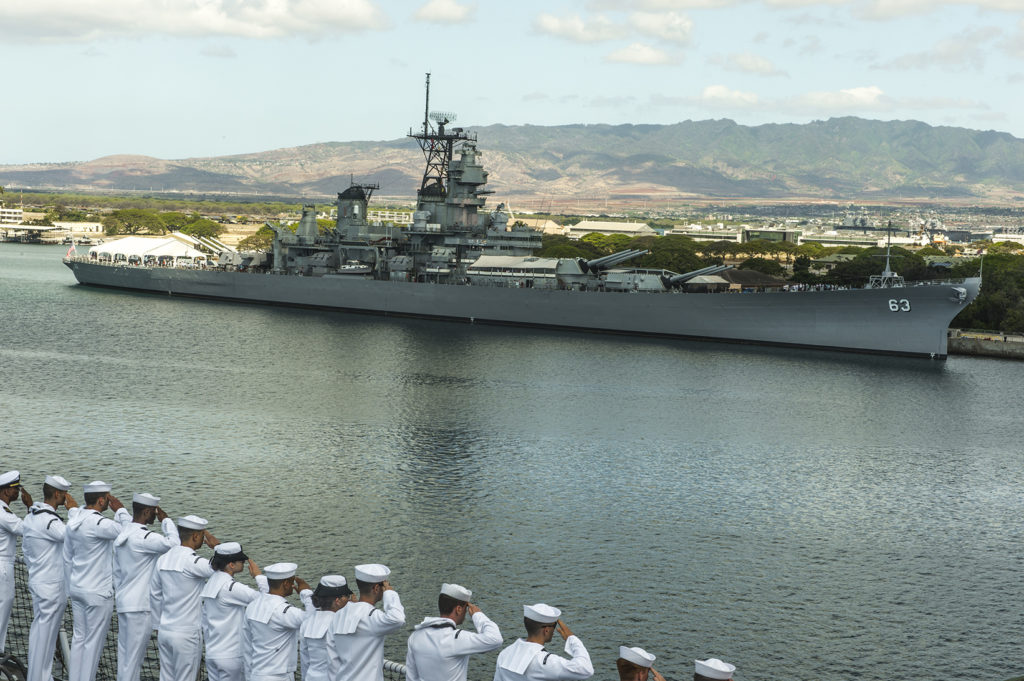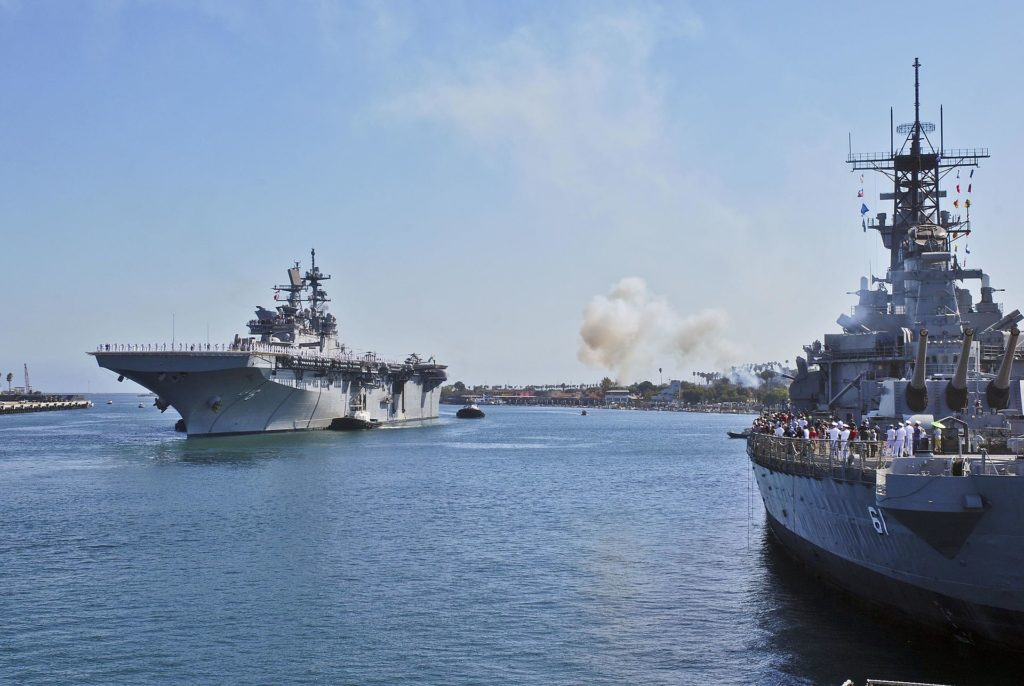Navy's oldest commissioned warship to sail again
BOSTON (AP) — The U.S. Navy's
oldest commissioned warship will sail under its own power for just the
second time in more than a century to commemorate the battle that won it
the nickname "Old Ironsides."
The USS Constitution,
which was first launched in 1797, will be tugged from its berth in
Boston Harbor on Sunday to the main deepwater pathway into the harbor.
It will then set out to open seas for a 10-minute cruise.
The
short trip marks the day two centuries ago when the Constitution bested
the British frigate HMS Guerriere in a fierce battle during the War of
1812. It follows a three-year restoration project and is the first time
the Constitution has been to sea on its own since its 200th birthday in
1997.
Before that, it hadn't sailed under its own power since 1881. The Constitution is periodically tugged into the harbor for historical display.
Chief Petty Officer Frank Neely, a Constitution spokesman and crew member, said the crew wants to honor and preserve the Constitution with Sunday's sail.
"This ship is a national icon to us. ... She's very special to us. We think she's very special to the United States," he said.
The
Constitution was under the command of Capt. Issac Hull when it engaged
the Guerriere off Nova Scotia on Aug. 19, 1812. The young war was not
going well for America, which had surrendered Detroit to the British
with basically no resistance a week earlier.
But
the Guerriere proved no match for the Constitution, which was heavier
and longer. The vessels blasted away at each other at close range, even
colliding at one point, during the 35-minute battle. The Constitution's
24-pound cannonballs felled the Guerriere's mast, while the British
vessels' 18-pound cannonballs had trouble penetrating the Constitution's
two-foot thick live oak hull, said Matthew Brenckle, a historian at the
USS Constitution Museum.
Brenckle
said a sailor's memoirs recorded how one cannonball seemed to slightly
penetrate the ship, before dropping into the sea. The sailor then called
out the quote that would give the Constitution its nickname, "Huzzah,
her sides are made of iron! See where the shot fell out!"
It
wasn't the first naval win in what would be a divisive, expensive war,
but it set off celebrations around the country, Brenckle said.
"Strategically,
it really did nothing to change the course of the war," he said. "But
the morale boost that that provided for the American cause, I think was
quite important."
During
Sunday's sail, the Constitution's crew of about 65, accompanied by 150
sailors selected to be part of event, will unfurl four of its 36 sails,
Neely said. The tugs will stand by as a precaution when the Constitution
sails on its own. And the trip can't happen unless the weather
conditions are right.
The ship
won't move in winds less than five mph and anything over about 15 mph
would put too much stress on the vessel, Neely said. But the forecast
looks favorable.
The lengthy
work in preparation for Sunday's sail was largely on the Constitution's
aesthetics, though the masts were restored, Neely said. The crew also
underwent extensive training on how to handle a vessel that's unlike any
other in the U.S. Navy.
"A
lot of hours of work went into this one day right here," Neely said. "I
wouldn't be surprised if I broke a couple of tears after this."
October 2019
The USS Constitution is the world’s oldest commissioned warship still sailing the seas. Nicknamed “Old Ironsides” due to its success in the War of 1812, it is 222 years old and has a record of 33 victories.
The crew of 80 sailed the historic ship to Fort Independence on Castle Island in order to fire a 21-gun salute in honor of its anniversary and the 244th anniversary of the US Navy.
The USS Constitution launched on October 21, 1797, after being built in a shipyard that is now Coast Guard Sector Boston. She fired another salute as she passed there on her way back to her dock at the Charleston Navy Yard.
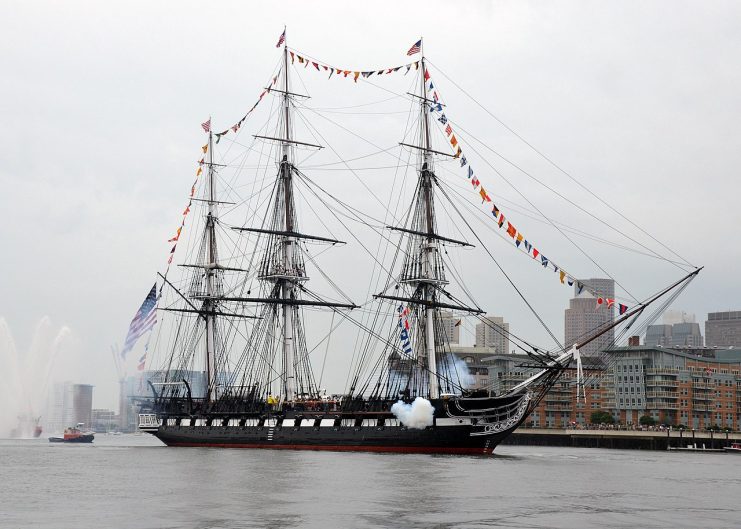
Not even a month after the US declared war on Britain in June of 1812, Captain Isaac Hull and crew were surrounded by five British ships, the HMS Africa, the HMS Belvidera, the HMS Aeolus, the HMS Shannon, and the HMS Guerrierre.
The USS Constitution had been ordered to go to New York as quickly as possible in order to join up with Commodore John Rodgers’ squadron. What Hull didn’t realize was that Rodgers had already set sail to search for British merchant ships crossing the Atlantic.
After passing the mouth of the Chesapeake Bay, Hull spotted sails on the horizon. Assuming them to be Rodgers’ squadron, he sailed toward them.
To Hull’s surprise, the ship he reached was not one of Rodgers’ ships but the 38-gun frigate HMS Gurriere.
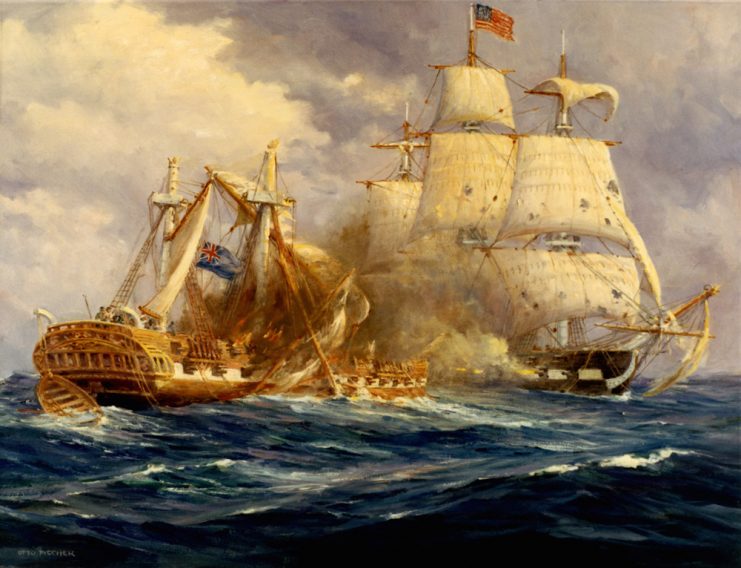
The British opened fire but missed. The Constitution returned fire but also missed.
The sails were let out to the maximum and were wet down in order to make them able to capture the slightest breezes. Eventually, Hull ordered several thousand gallons of fresh water be pumped out to decrease the weight of the ship.
The British soon reached firing range. Desperate for a way to escape, Hull turned to his Lieutenant Morris. Morris’ plan was to take a cutter with the anchor and row ahead of the ship. Then the anchor would be dropped out in front of the USS Constitution.
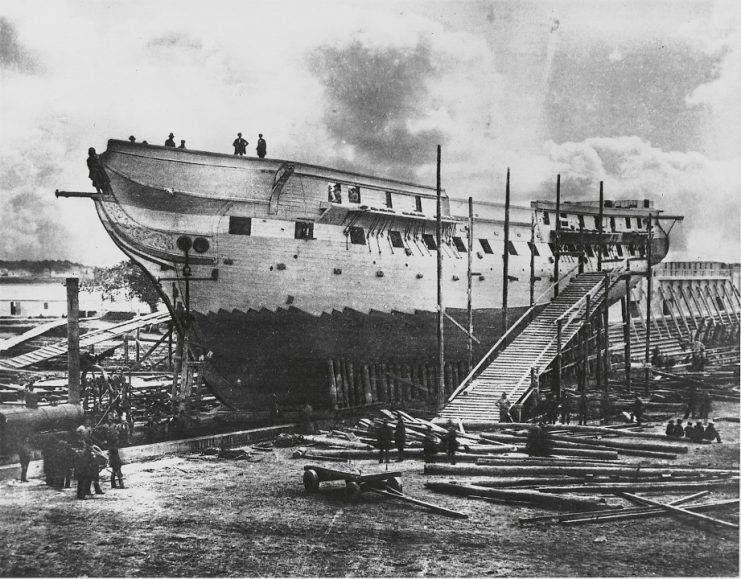
Meanwhile, a second cutter with another anchor rowed ahead a dropped it to be used to continue the pulling while the first cutter gathered its anchor and rowed ahead. They continued that way for hours, alternating cutters and anchors.
They continued this all night with crewmen sleeping by their guns in case there was action. After more than 60 hours of the chase, the Constitution finally pulled far enough ahead of her pursuers that they ceased their pursuit.
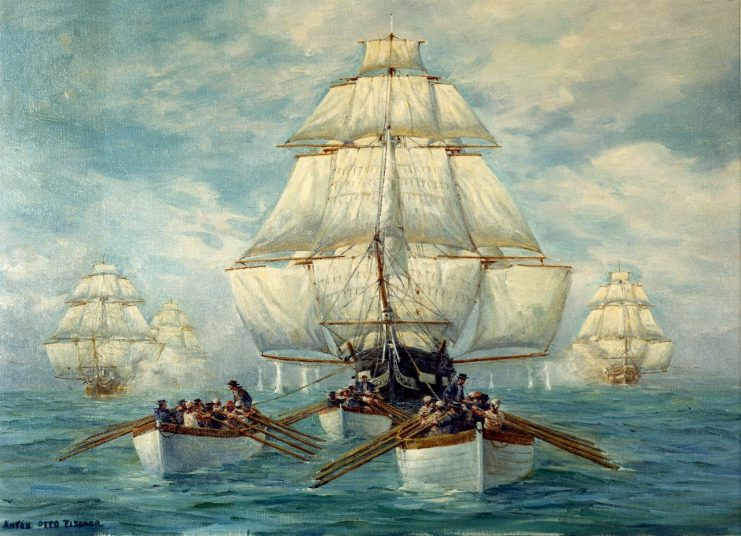
This is known in British history as “The Great Chase” and to US historians as “The Great Escape.”

